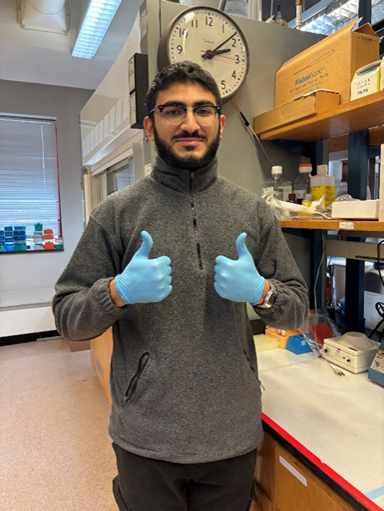Gianna Liantonio, Verrazzano Class of 2025, completed major in English Writing and minors in ASL and Italian

Kiese Laymon
wrote about his experience working under a toxic editor for five years to gain
his approval, but realized in the end he was not going to get his book
published. He decided to put himself first and write what he wanted to write,
publishing many books and essays.
He is a
strong advocate for Black writers and is authentic in his work, never filtering
what he knows is important to be said. He writes from the heart and if it’s not
real, it has no business getting published. He wants to be able to stand by his
work years later, but said there is no shame in revising over and over. He has
revised works that seemed perfect at the time, but wanted to make them even
better. He is a hard-working writer who, from this experience, learned the
types of books he wants to write and would not let anyone dictate the topics he
includes.
I read the
essay in Professor Marvin’s creative writing class, and appreciated Laymon’s
realistic view of the publishing world that you normally would not hear about. I
enjoyed reading and learning about Laymon and his experience and identified
with this piece because I hope to one day work in publishing and editing.
I knew I wanted
to do a creative writing project of some kind for my capstone and felt
Professor Marvin would be the perfect mentor. I enjoyed her class immensely and
learned a lot to help me become a better writer.
The capstone
was a summary of the essay and delved into different themes we discovered as I
was writing. I realized I had more I could write about than I initially thought,
gaining new insights each time I read the essay.
The biggest
challenge was the page count and being able to write new ideas without
repeating myself, and I was surprised with how many pages I ended up with at
the end. I did enjoy writing this paper as it helped me interpret the essay in
different ways and discover more themes than I initially saw. The easy part was
that I enjoyed reading the essay over and over, analyzing different parts, and
seeing details I may have missed the first time.
Once I had a
steady outline I was able to write a lot, with new ideas blossoming every
second. When I did get stuck, Professor Marvin helped me find more aspects of
the essay to write about, and that helped me finish it.
Even though
Laymon's essay had the same amount of words each time I read it, I gained a new
perspective each time. For example, he wrote about a man he observed outside
his window. Each time I read it, I thought of different reasons why he included
that in this piece.
I could
expand this piece with in-depth writing on his other essays and novels, or how
there are two sides to the publishing world, one of which is rarely heard
about.
What I take
away from this research experience is that I feel like I know Kiese Laymon by
reading through his words and eyes. The essay was in second person, which had
us walk in his shoes during his experience and helped the reader to empathize
and understand his situation.
I enjoy
analyzing works of literature and finding the deeper meanings behind a line or
paragraph. I enjoyed writing this paper and even though it was challenging at
times, I had fun delving into different themes and aspects. I want to read more
of Laymon’s works and see similarities and differences in his writing. He is a
talented writer who writes what he believes no matter what anyone says.




